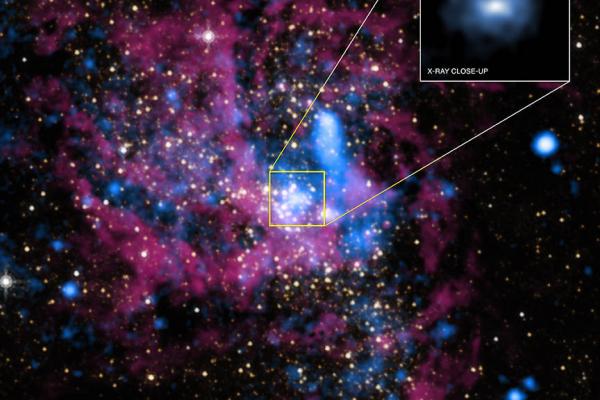
Thu, October 22, 2015
4:00 pm - 5:00 pm
2015 McPherson Laboratory
Interpreting Sgr A*'s Most Luminous X-ray Flares
Daryl Haggard (McGill University)
Sagittarius A* is the closest example of a supermassive black hole (SMBH) buried within a dense, massive stellar cluster. Sgr A* is more than 100 times closer than any other SMBH, and our proximity allows us to detect emission from its accretion flow in the radio, submillimeter (submm), near infrared (NIR), and X-ray regimes. These rich multiwavelength, time-resolved data have the power to probe the physical processes that underlie rapid flares originating near the black hole's event horizon. During ambitious Chandra and VLA monitoring campaigns over the last several years, we have detected the brightest-ever X-ray flares from Sgr A*. However, despite years of observational and theoretical study, we do not have a complete, unique model to explain these high-energy flares, or their relationship to variability at other wavelengths. Viable models range from the tidal disruption of asteroids to gravitational lensing to magnetic reconnection, motivating observers to place tighter constraints on the timing and multiwavelength properties of these outbursts. X-ray flares may also help us relate Sgr A* to weakly accreting black holes across the mass spectrum. In this colloquium, I will discuss the possible origins and continuing mysteries surrounding Sgr A*'s high-energy flares.
Coffee & Donuts will be served at 3:30pm in 4054 McPherson Lab
